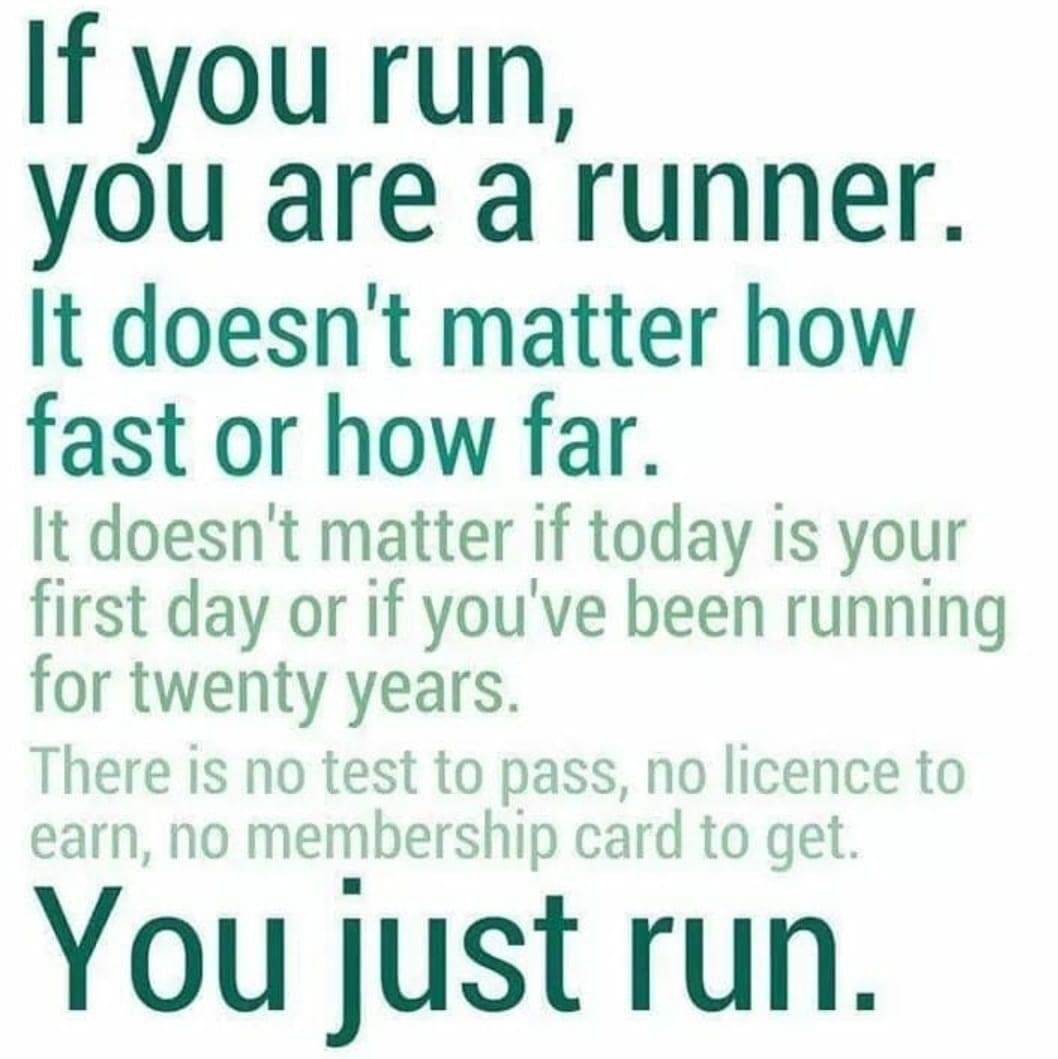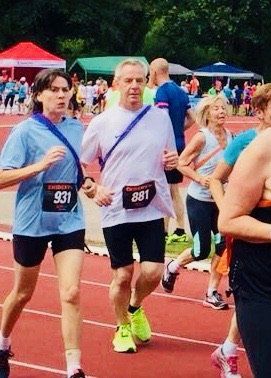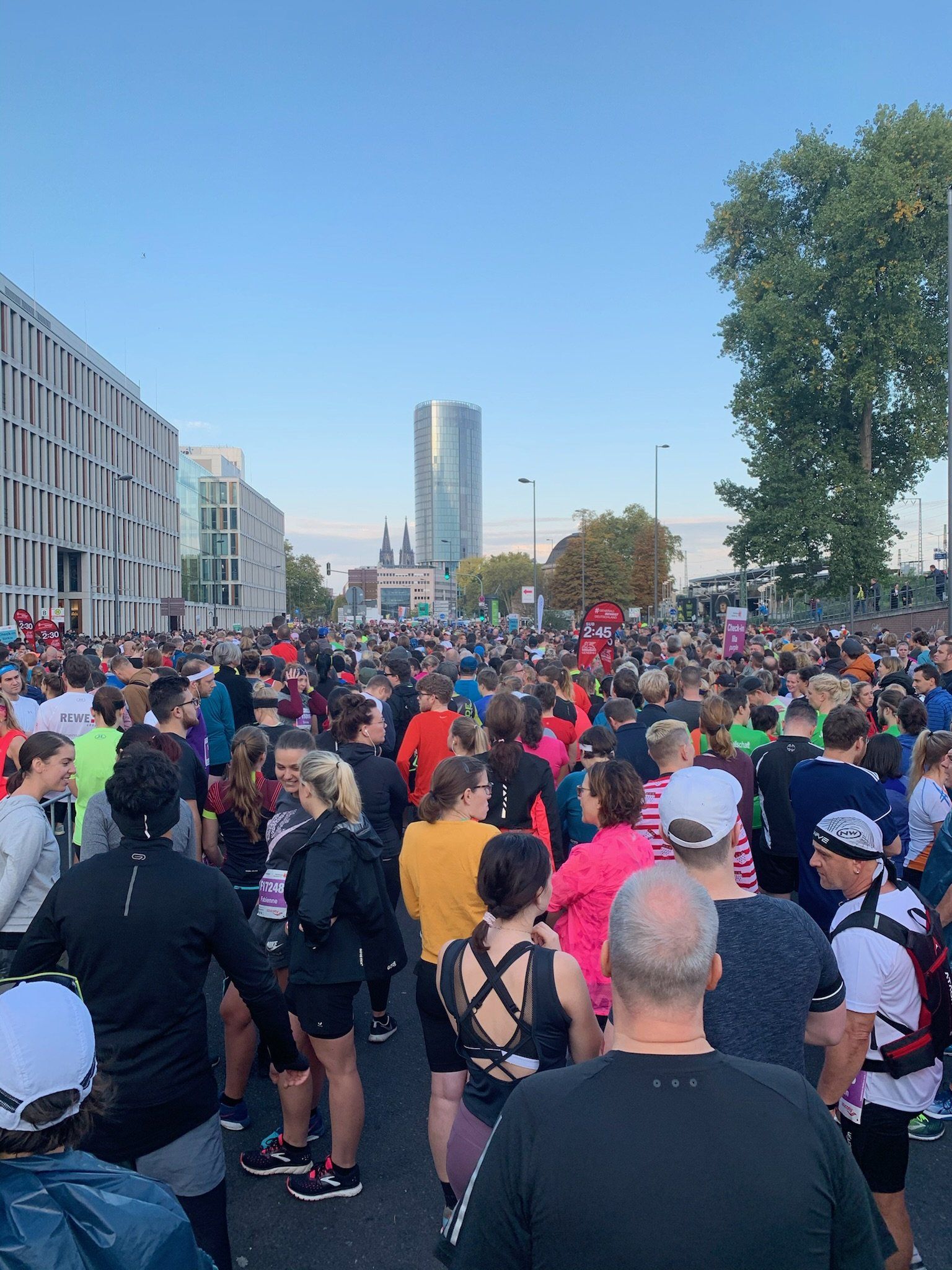Training based on tempo zones
Pace zone training is an effective way for runners to target their training, prevent injuries, and improve performance. It involves dividing your workouts into different intensity levels based on your personal capabilities. Here’s how it works:
1. What are pace zones? Pace zones are speed ranges that reflect your heart rate, exertion, and lactate threshold. They are typically divided into 5 or 6 zones:
• Zone 1 (Recovery): Very easy pace, meant for recovery runs or warm-ups. Approx. 60-70% of your maximum heart rate (HRmax).
• Zone 2 (Aerobic Base): Comfortable pace; builds endurance. Approx. 70-80% of HRmax.
• Zone 3 (Endurance Pace): Moderate effort, just above your comfort zone. Approx. 80-85% of HRmax.
• Zone 4 (Lactate Threshold): Intense pace where you just avoid getting too lactic acid. Improves speed and efficiency. Approx. 85-90% of HRmax.
• Zone 5 (Anaerobic zone): High intensity, can be sustained for a short time. Develops speed and power. Approx. 90-95% of HRmax. • Zone 6 (Sprints): Maximum effort. Usually shorter intervals. 95-100% of HRmax.
2. How do you determine your zones? There are a number of methods you can use to determine your pace zones: a. Heart rate (HRmax or HRR):
• Calculate your maximum heart rate using a test (e.g. 3-minute sprint test) or an estimate such as: 220 - age
• Use percentages of your maximum heart rate to calculate your zones. b. Lactate threshold:
• Perform a lactate test or use a field test (e.g. run as fast as you can for 30 minutes and track your average heart rate).
• Lactate threshold pace usually determines Zone 4. c. Recent 5k/10k pace:
• Use your average pace from a recent race as a reference.
• You can derive your zones from this. d. Perception of exertion (RPE):
• Focus on how hard it feels on a scale of 1-10. This is less precise but works well for beginners.
3. Why use tempo zones?
• Targeted training: Each zone develops specific skills such as endurance, speed or recovery.
• Efficiency: You train exactly what is needed without unnecessary strain.
• Injury prevention: Avoid overtraining by not training in the high zones too often.
• Monitoring: It helps to track your progress objectively.
4. Tips for success
• Use a sports watch or app to track your pace and heart rate.
• Listen to your body, especially when you are tired.
• Keep training varied: don't just focus on Zone 4 or 5!
• Plan sufficient recovery.
Do you have specific goals or would you like a tailor-made schedule? Let us know!














